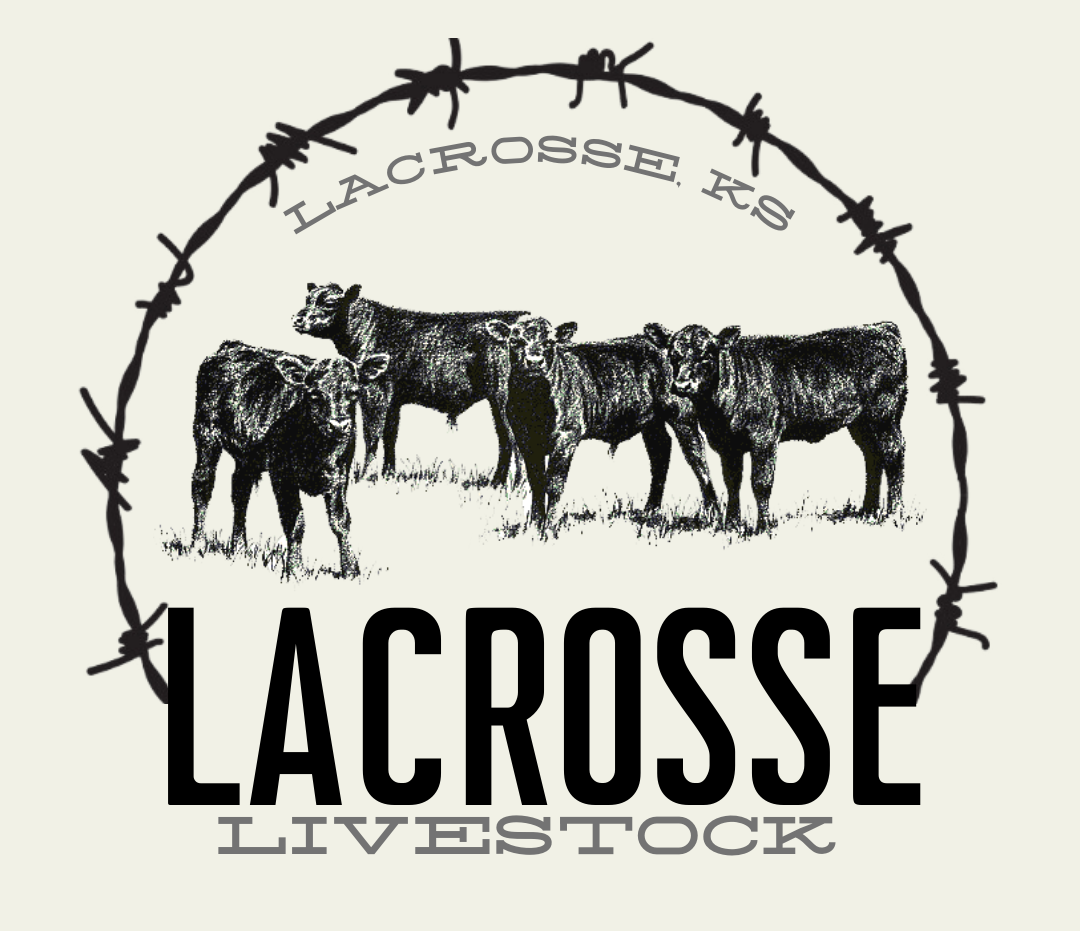Early Shedding Cows Produce Heavier Calves at Weaning
It is estimated that cattle suffering from fescue toxicosis and heat stress alone cost the beef industry more than a billion dollars a year. University of Missouri demonstrates hair shedding is an economic relevant trait beyond the Southern U.S.
Angie Stump Denton May 21, 2025 12:14 PM

Early summer hair shedding is a proven trait of economic relevance for producers in areas of increased heat and humidity and those grazing endophyte-infected (hot) fescue. University of Missouri research indicates hair shedding is important to more than just Southern cattle producers.
“Animals who shed their winter hair coat sooner are less likely to be exposed to heat stress in the summer,” says Jamie Courter, University of Missouri beef genetics extensions specialist. “These animals are also more likely to wean heavier calves and remain productive in a herd, for longer.”
Figure 1 shows the average weaning weight of calves born to dams who began shedding their winter coats between March and July. The average weight of a calf born to a dam that shed in March was 57.2 lb. heavier than those that shed in July.

Research at the University of Missouri has found a relationship between hair shedding scores and length of daylight. Thus, hair shedding may serve as an indication of an animal’s ability to sense and respond to their environment.
Courter says the relationship makes hair shedding useful for producers outside the Southern U.S.
Hair-shedding Scores
Hair-shedding scores represent a visual appraisal of the extent an animal has shed their winter coat. Reported on a scale of 1 to 5, the lower the assigned score, the more hair an animal has shed. Half scores, such as 3.5, are not reported.

Cattle tend to shed hair from the front to the back and from their topline to their belly (Figure 3), but there is individual animal variation in this pattern. Typically, animals begin shedding around their neck, followed by their topline. The last spots to shed are an animal’s lower quarter above its hock and its underline.

Courter says the time to evaluate cattle for hair shedding will vary by geographical location and environmental conditions. Animals should be scored when the most variation exists within the herd.
“There should be a few animals who receive a score of 1, a few who score a 5 and a majority receiving a hair shedding score of 3,” she explains.
Cattle begin shedding their winter coat in late spring through the summer. For many locations, mid-May has been identified as an ideal hair-shedding evaluation period. The hotter and more humid the climate, the earlier in the spring scores should be collected.
Hair shedding is a moderately heritable trait (h2=0.35 to 0.42). This means that incorporating a hair-shedding score into culling and replacement heifer selection decisions will result in genetic change over time.
“Although hair shedding has traditionally been associated with heat stress and fescue toxicosis, recent research shows this quick and easy phenotypic assessment of cattle could be a trait of even more economic importance,” Courter says. “With its moderate heritability, combining this score with a hair shedding EPD or score on bulls would result in positive genetic progress over time.”
Source: https://www.drovers.com/news/beef-production/early-shedding-cows-produce-heavier-calves-weaning
